The storytelling tradition of horror stretches back thousands of years across the myths and legends of practically every culture on Earth. Medieval writings featured monster stories, and the Gothic tradition that began in the 1700s informed the atmosphere of future horror tales. Our perception of the horror story took shape in the 1800s as the Brothers Grimm, Mary Shelley, Bram Stoker, H.G. Wells, Robert Louis Stevenson, and many more created timeless characters and published some of the most well-known short stories and novels in western literature. The American tradition sprouted from masters like Nathaniel Hawthorne and Edgar Allan Poe and spread through pulps, radio, television, film, and more, growing a veritable forest of story populated by the likes of H.P. Lovecraft, Shirley Jackson, Harlan Ellison, Ray Bradbury, Anne Rice, Ira Levin, Octavia Butler, Joyce Carol Oates, and countless others. Today, the tradition continues. Though there are far too many to name in just one piece, here’s a solid beginning for a journey into great modern American horror.
1. A Head Full of Ghosts by Paul Tremblay (2015)
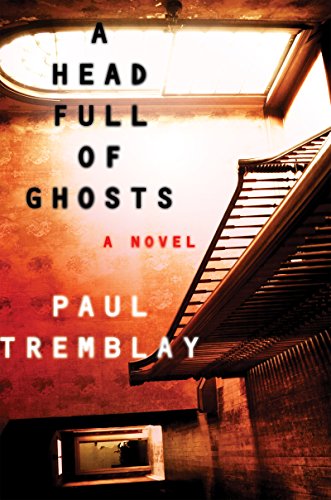
A Head Full of Ghosts won the Horror Writer Association’s Bram Stoker Award for Novel in 2015, and it earned every bit of it. Tremblay combines a number of narrative elements that approach the main story of a girl’s possible possession, and the reality show that documents it, from multiple directions. Tremblay skillfully depicts moments as seen from a younger sister’s point of view and throws them into sharp contrast using passages written by a blogger who is convinced the whole thing is a sham. Somehow, the book manages to be terrifying and sad in equal measure while functioning as an indictment of religious fanaticism, the destructive power of reality celebrity, and the ways that we fail our children. It’s a wholly remarkable work, and possibly the best horror novel of the century so far.
2. You by Caroline Kepnes (2014)
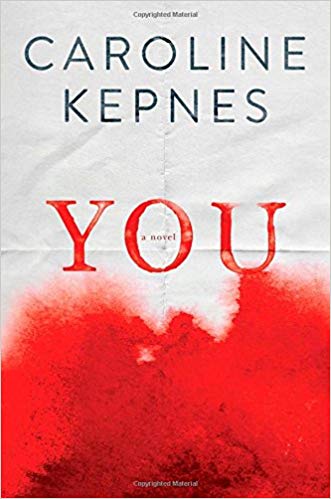
It’s all about you, isn’t it? Kepnes gives us a protagonist who is a truly terrible person that still keeps us enthralled. Joe Goldberg falls for Guinevere Beck when she drops by the bookstore where he works, and the novel becomes a whirlwind of obsession and quickly escalating consequences. Told through an unusual second-person style that makes you feel uncomfortably close to Joe, You is nightmarish in many ways because so many pieces of it are plausible. This isn’t the horror of the misty moors; this is the horror of society and dating as it exists right now. Which, of course, is a huge part of what makes it so unsettling.
3. Dark Places by Gillian Flynn (2009)
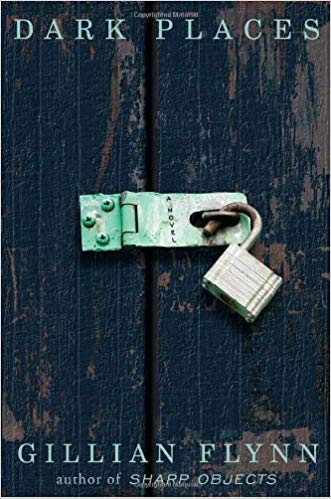
Between 2006 and 2012, former Entertainment Weekly television critic Gillian Flynn dropped three cracking thrillers. The first, Sharp Objects, became the award-winning HBO series, while the third, Gone Girl, became a zeitgeist-rattling phenomenon in both book and film form. The middle child, Dark Places, was a bestseller and adapted into a Charlize Theron film, but tends to get overlooked. It shouldn’t be. Flynn writes a nerve-wracking tale of a childhood killing-spree survivor who comes to realize that maybe her brother wasn’t guilty of the crime after all. In between expertly juggled flashbacks and taut suspense, Flynn throws a light on poverty and the reckless consequences of the “Satanic Panic” of the 1980s.
4. Horns by Joe Hill (2010)
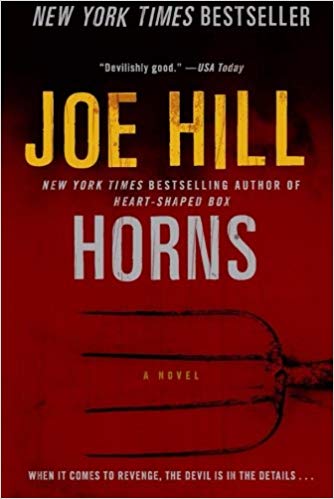
Some readers call Horns dark fantasy, and that’s fine; the horror heritage is certainly there. Hill hasn’t been a stranger to best-of lists; his novels Heart-Shaped Box and NOS482 have drawn particular praise, as have his short-story collections and his comic book series (with artist Gabriel Rodriguez) Locke & Key. This Gothic tale of love, loss, and supernatural vengeance belongs in the discussion of his best work. It’s not for the faint-hearted by any stretch, but it is loaded with heart in its own way.
5. The Five by Robert R. McCammon (2011)
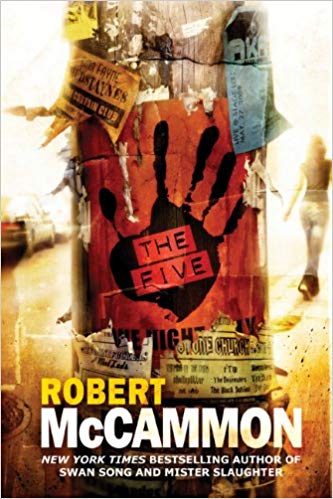
If you‘re a regular reader of McCammon and were forced to pick a first novel for a potential new fan, you’d be facing a truly tough task. McCammon’s been turning out bestselling and award-winning fiction for decades. From historical mysteries of his Matthew Corbett series to the critically acclaimed Swan Song to the utterly badass spy-for-Allies-who’s-also-a-werewolf insanity of The Wolf’s Hour, you’d have no end of choices. However, The Five has its own kind of brutal beauty, containing a feeling that’s akin to the desperation of ’70s thrillers or the unsettling relatability of The Devil’s Rejects. The Five is the story of a band on the road that runs afoul of a malignant presence, and the suspense builds as the relationships fray due to forces from within and without.
6. The Ruins by Scott Smith (2006)
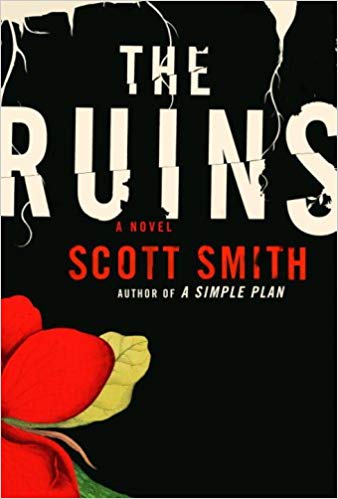
Scott Smith has been quiet on the novel front since The Ruins, as he’s been working more in film and television. However, this book takes the familiar notion of “young American travelers in over their heads” and inverts it with a sinister, implacable antagonist. We won’t even tell you what the challenge is, partially because it sounds almost too outlandish on the face of it. Nevertheless, Smith turns a difficult idea into an exercise in grueling terror that will definitely make you rethink ever camping again.
7. Snowblind by Christopher Golden (2014)
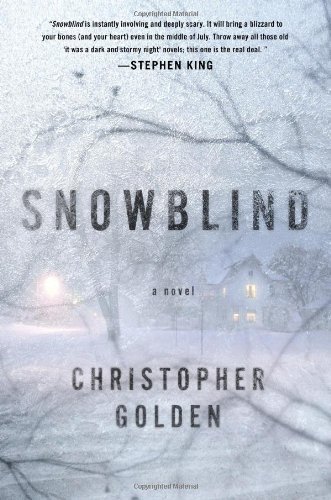
The insanely prolific Golden presents a similar challenge to McCammon, except there’s amazingly even more to recommend. Golden has done a little bit of everything, including writing series, licensed novels, and YA fare and editing multiple top-notch collections. 2014’s Snowblind is a gut-wrenching tour de force, mainly for the way that it weaponizes grief into a blunt instrument of horror. It’s a ghost story that approaches the level of (no pun intended) Peter Straub’s 1979 classic Ghost Story; both use a winter setting and the specters of loss and regret to maximum effect. Golden, equally effective in science fiction (Tin Men) and the horror pocket (Ararat) is reliably good, but this one sticks with you.
Honorable Mention, Canadian Division: The Couple Next Door by Shari Lapena (2016)
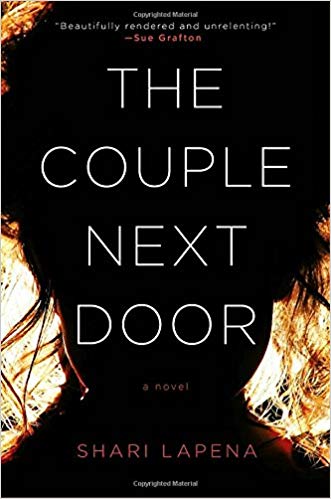
We started with a focus on American novels, but there are a couple more from the wider world that we wanted to mention. Shari Lapena delivered a bone-chiller for the ages with The Couple Next Door. With a premise rotating around an infant that disappears while the parents are right next door, the story plugs easily into latent parental tension. As the characters plunge further into investigation and recrimination, the unease digs at the reader’s mind and makes one wonder what they would do in a similar situation.
Honorable Mention, European Division: Let the Right One In by John Ajvide Lindquist (2004)
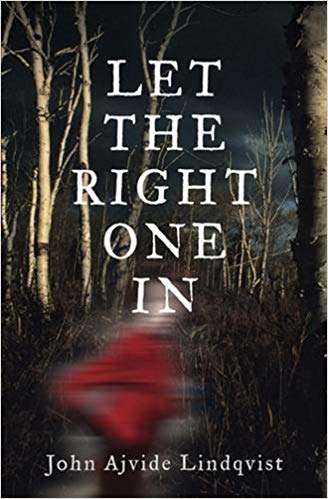
Lindquist’s debut novel shook up our expectations of what the vampire novel could be. By taking a radically different approach that would result in two successful film adaptations (one in Sweden in 2008, the other in the U.S. in 2010 as Let Me In), Lindquist took one of the most frequently used creatures in horror and crafted a parable that deals with loneliness, bullying, and any manner of abuse. Packed with twists that you won’t see coming and never taking the easy path, Let the Right One In shocks and startles even between the horror scenes.
All-Time Honorable Mention: Stephen King
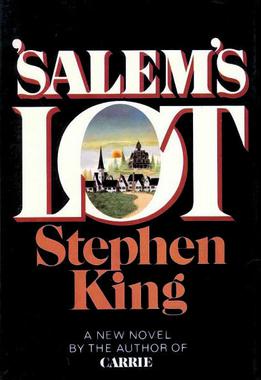
Any list of great American horror novelists has to include King. It’s also fair to say that few artists have created horror that’s as uniquely American as King has. The true genius of the man is that he takes things that are part of everyday life in the U.S. and turns them toward the darkness. Only King could turn high school bullying into Carrie or Thornton Wilder into Salem’s Lot or alcoholism into The Shining, and those were just his first three novels. Over the years, he’s booked any manner of monsters into the supernatural funhouse of his work, but he’s always found the humanity in the characters and exploited the familiarity of their surroundings for maximum effect. Lot remains one of his best for how he transplants the European vampire tradition into a small Maine town and lets the encroaching horror expose the rot that was already there. The book also gives us two King archetypes in Ben Mears (his first writer protagonist) and Mark Petrie (a brave youngster who has a better understanding of the threat than the adults around him). King would return to those character models again over the years, with both echoing in Bill Denbrough from IT. Today, 45 years after Carrie, King shows no sign of letting up. His latest novel, The Institute, arrived in September, and 2019 has seen five film or TV adaptations, with another HBO series and a new novella collection already on tap for 2020. With a Grand Master Award from the Mystery Writers of America, a National Book Award Medal for Distinguished Contribution to American Letters, and a National Medal of Arts from the National Endowment of the Arts to his credit, it’s hard to argue that King is anything but the American Master of Horror.
Featured image: Shutterstock.com
Become a Saturday Evening Post member and enjoy unlimited access. Subscribe now
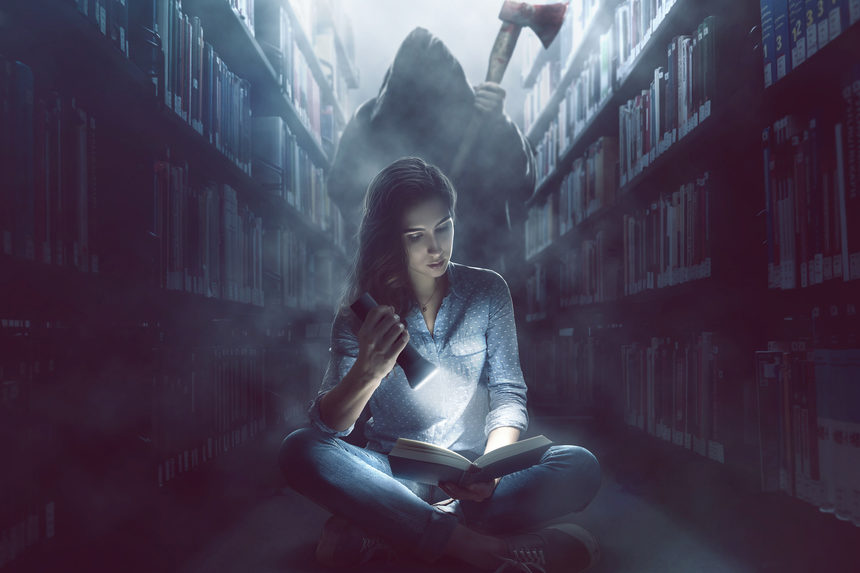



Comments
Your idea of horror literature is truly undeveloped. Please read more.
It’d be a better article if most of these were actually horror novels, and not thrillers.